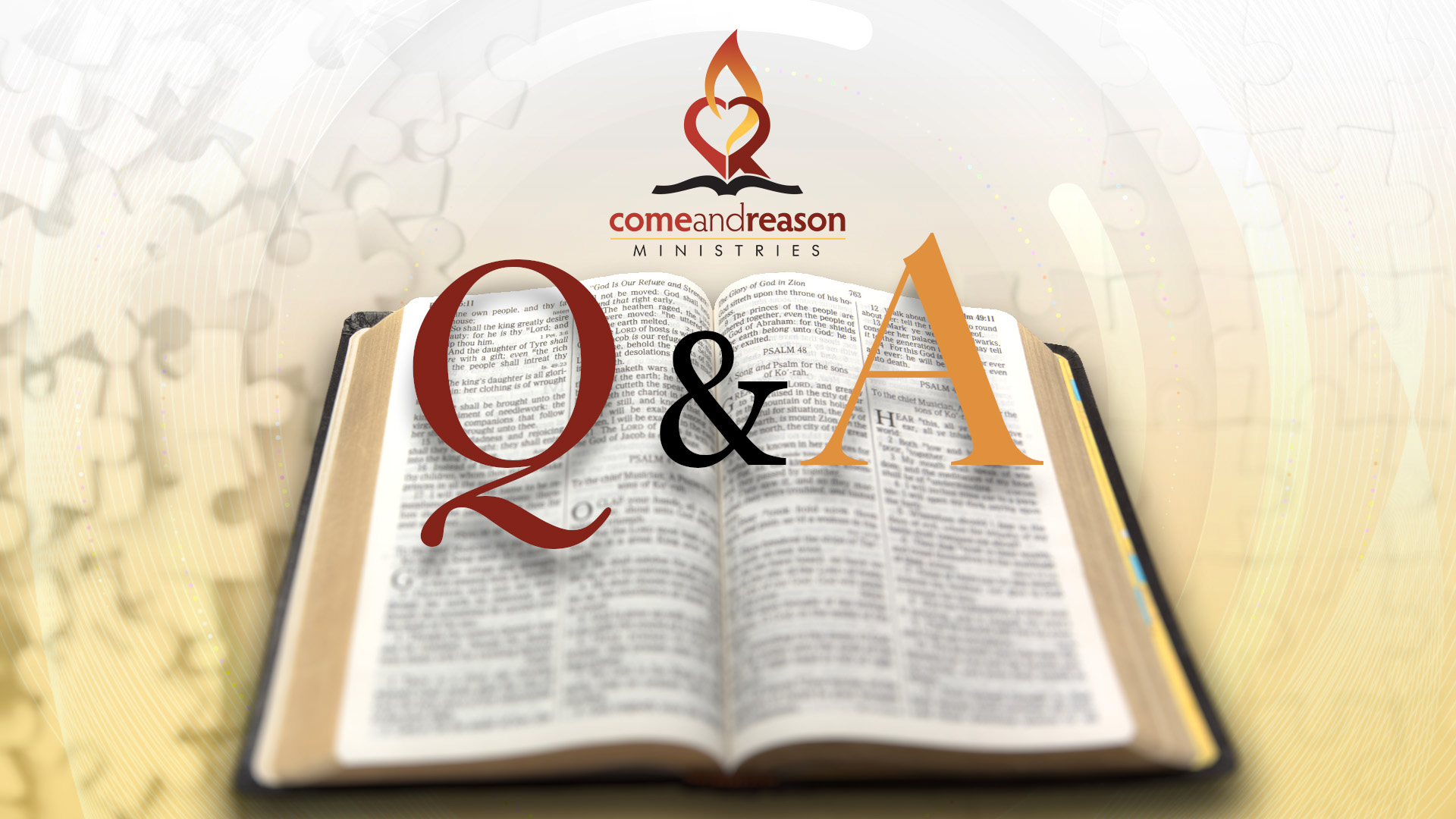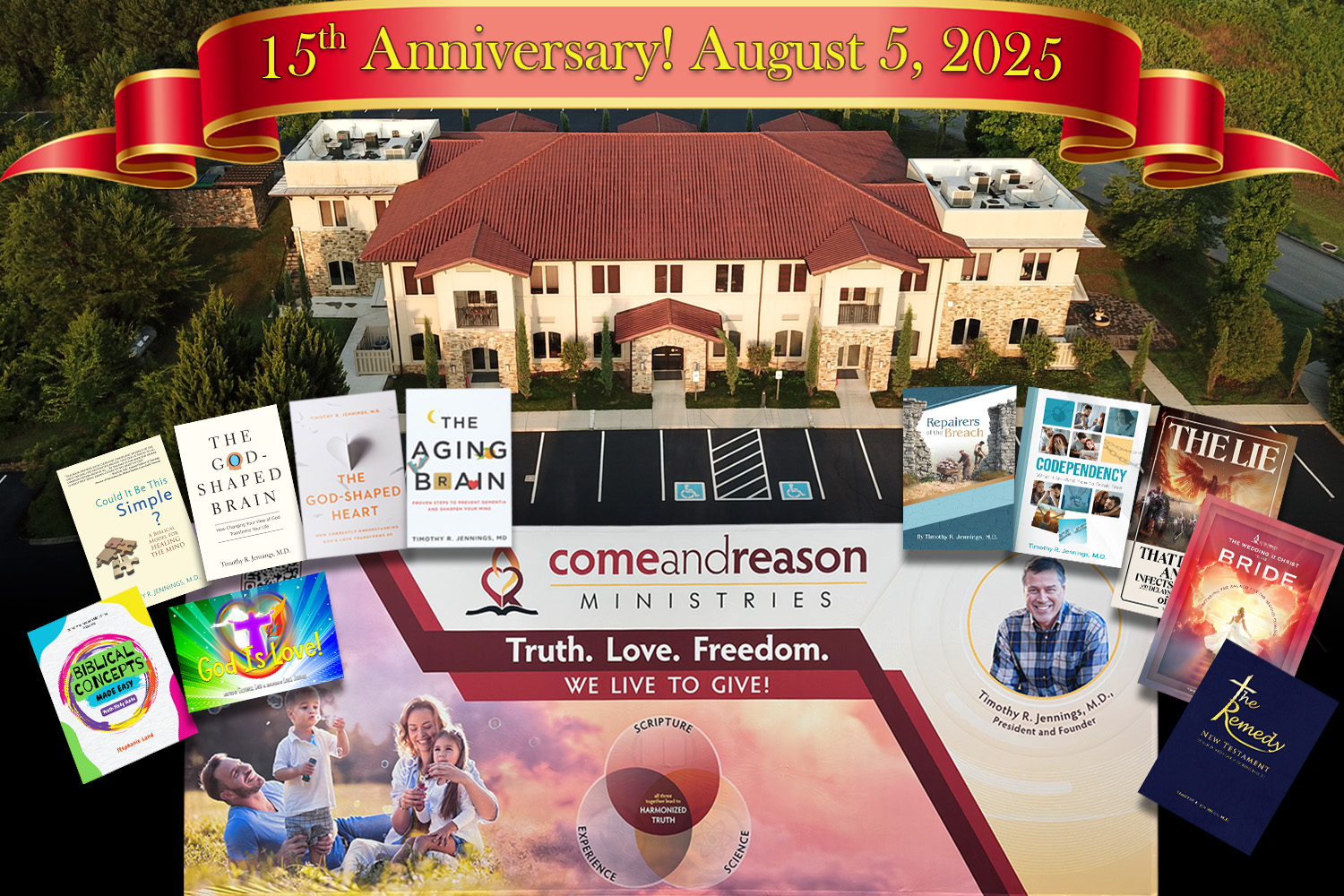I get many requests from listeners seeking methods and principles for Bible study, so I thought it would be helpful to lay out some helpful guidelines for everyone in this blog.
One crucial starting point in understanding God’s Word is to identify the purpose of reading it. The Bible is not an instruction book on mathematics, physics, medicine, chemistry, or many other subjects. Rather, its purpose is to teach the truth about God, the problem of sin, and the plan of salvation. It contains all the truths necessary to lead people back to the knowledge of God in order for them to exercise trust in Him and experience healing of heart and mind.
But understanding the purpose of the book—to communicate the truth to save people—isn’t enough. One must study Scripture with a desire to comprehend the meaning, and not merely to know the words.
I read valuable insight many years ago from the book Christ’s Object Lessons that really helped me grasp this:
Merely to hear or to read the word is not enough. He who desires to be profited by the Scriptures must meditate upon the truth that has been presented to him. By earnest attention and prayerful thought he must learn the meaning of the words of truth, and drink deep of the spirit of the holy oracles (p. 59, my emphasis).
This is the key to all Bible study—not knowing the original words, but the intended meaning. Many get confused on this and end up arguing over the right “word” yet never appreciating the right meaning.
When writing The Remedy paraphrase, this was one of the key principles I applied: What is the most accurate and precise meaning? I have received emails from some who take issue with certain verses because the English words I chose were not in keeping with the Greek. But it isn’t the words that matters, for words can change meaning (e.g., consider how the word “gay” has changed meanings over the past century). What matters is the meaning being communicated, so I have always challenged those concerned to tell me what the verse means.
This is what we want to do all throughout the Bible. And it is even more critical to do so when dealing with symbols, metaphors, similes, images, parables, or any other representative expression.
Here are some basic guidelines that I have found to be helpful in rightly interpreting Scripture:
- We must understand the overall context of Scripture—not just the immediate context, which is what many Bible students focus on and, thus, they lose the forest for the trees; i.e., they lose the broader message for the local message. The overall context is a cosmic one in which God is love all the time and Satan is a being of selfishness who seeks to destroy what God has created.
- The battle between God and Satan is not a physical battle, but a battle of ideas, concepts, and beliefs—seeking to win hearts and minds to one side or the other. God’s prime weapons are truth, love, and freedom. Satan’s prime weapons are lies, fear-based selfishness, and coercion.
- The Bible is the revelation of the truth about God, His character and methods, and plans to send Jesus to save humankind. It also exposes Satan as the source of evil, death, pain, and suffering and reveals throughout history the problems that deviating from God’s design cause.
- Throughout Old Testament times, the cosmic conflict was waged on earth, with God working to fulfill His promise to bring the “Seed” that would one day crush the serpent’s head (Genesis 3:15), and with Satan working to oppose God by seeking to close the avenue through which the Messiah would be born.
- The Old Testament records real people who did real things; thus, it is a book that is historically accurate. However, of the billions of people who have ever lived, only a few are recorded in Scripture. This is because the focus of Scripture is the plan of salvation. Thus, God inspired His penmen to record the stories that were not only historically accurate but also revealed cosmic truths—were metaphorical for the battle between Christ and Satan and provide insight into the plan of salvation (for examples of this, see my blog David and the Showbread vs. Uzzah and the Ark).
- Some specific rules of interpreting Bible prophecy are:
- If one part of a passage is symbolic or metaphor, then the rest is symbolic or metaphor unless clear reasons for taking it as literal are expressed in the text.
- The Bible should be used to interpret itself (i.e., symbol interpretations should rely on Bible definitions before other definitions).
- The general theme is that of the conflict between Christ and Satan.
- God’s character of love never changes; therefore, interpretations should never result in God being represented with a character other than love.
- God’s law of love never changes; therefore, interpretations should always be in harmony with God’s law of love.
- God’s other design laws never change; therefore, interpretations should not violate God’s design laws for life.









 using your credit or debit card (no PayPal account needed, unless you want to set up a monthly, recurring payment).
using your credit or debit card (no PayPal account needed, unless you want to set up a monthly, recurring payment). instead?
instead?